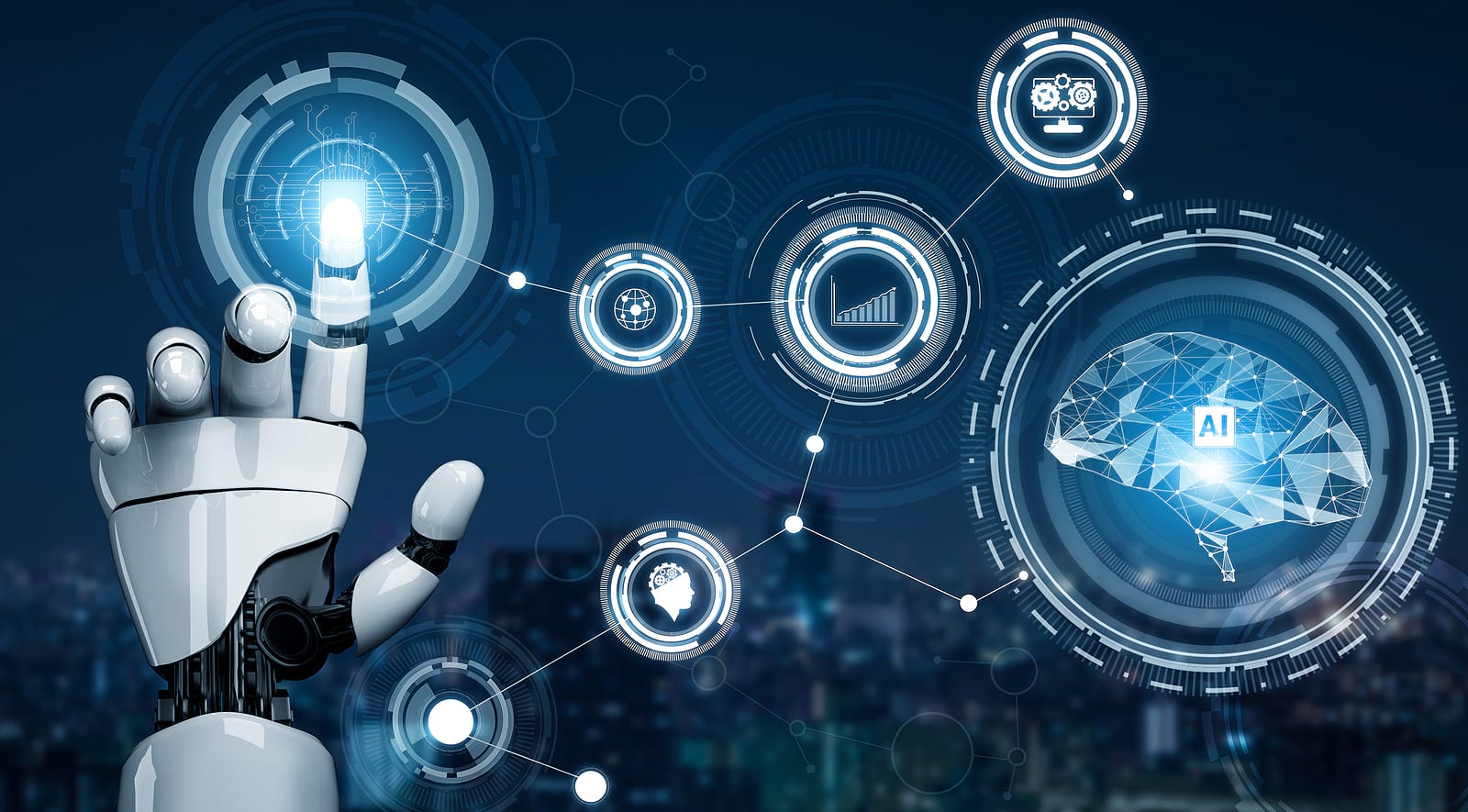The evolution of technology has transformed our world in ways that were once unimaginable, bridging the gap from Silicon Valley to Main Street. Silicon Valley, nestled in the heart of California, has long been hailed as the epicenter of technological innovation, a place where visionary entrepreneurs and brilliant engineers come together to push the boundaries of what is possible. From the birth of the personal computer to the rise of social media giants, Silicon Valley has been at the forefront of technological revolutions that have shaped the global landscape. However, the impact of technology is no longer confined to the confines of Silicon Valley. It has spread its tendrils to every corner of the world, reaching even the most remote Main Streets. In the past, technology was often seen as a distant and esoteric realm, accessible only to a select few. But today, it has become an integral part of our daily lives, touching virtually every aspect of our existence.
One of the most profound ways technology has reached Main Street is through the smartphone revolution. These pocket-sized computers have become ubiquitous, connecting people in ways that were once inconceivable. Whether it is staying in touch with loved ones, conducting business on the go, or accessing a world of information at our fingertips, smartphones have brought the power of technology to the masses. In many developing countries, smartphones have leapfrogged traditional computing infrastructure, allowing people to access the internet and its myriad opportunities directly from their handheld devices. Moreover, technology has revolutionized the way we work and do business. The advent of remote work technologies, accelerated by the COVID-19 pandemic, has shown that work can be done from virtually anywhere. This shift has allowed Main Street businesses to tap into a global talent pool and reach customers far beyond their physical locations.

Small businesses can now compete on a level playing field with larger corporations by leveraging e-commerce platforms and digital marketing to reach a global audience. In the field of healthcare, technology’s reach has been transformative. Telemedicine, enabled by high-speed internet and advanced medical devices, has made healthcare more accessible and convenient for people living in remote areas or those with mobility challenges. Electronic health records have improved the efficiency and accuracy of medical care, while wearable devices provide individuals with valuable health insights, empowering them to take control of their well-being. Education, too, has been profoundly impacted by technology’s reach. Online learning platforms have democratized education, making high-quality courses and resources available to anyone with an internet connection. This has the potential to level the playing field in education and bridge the gap between urban and rural communities.

